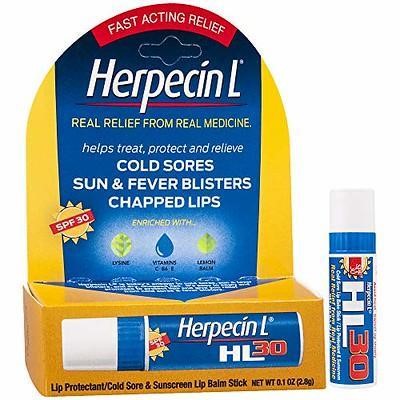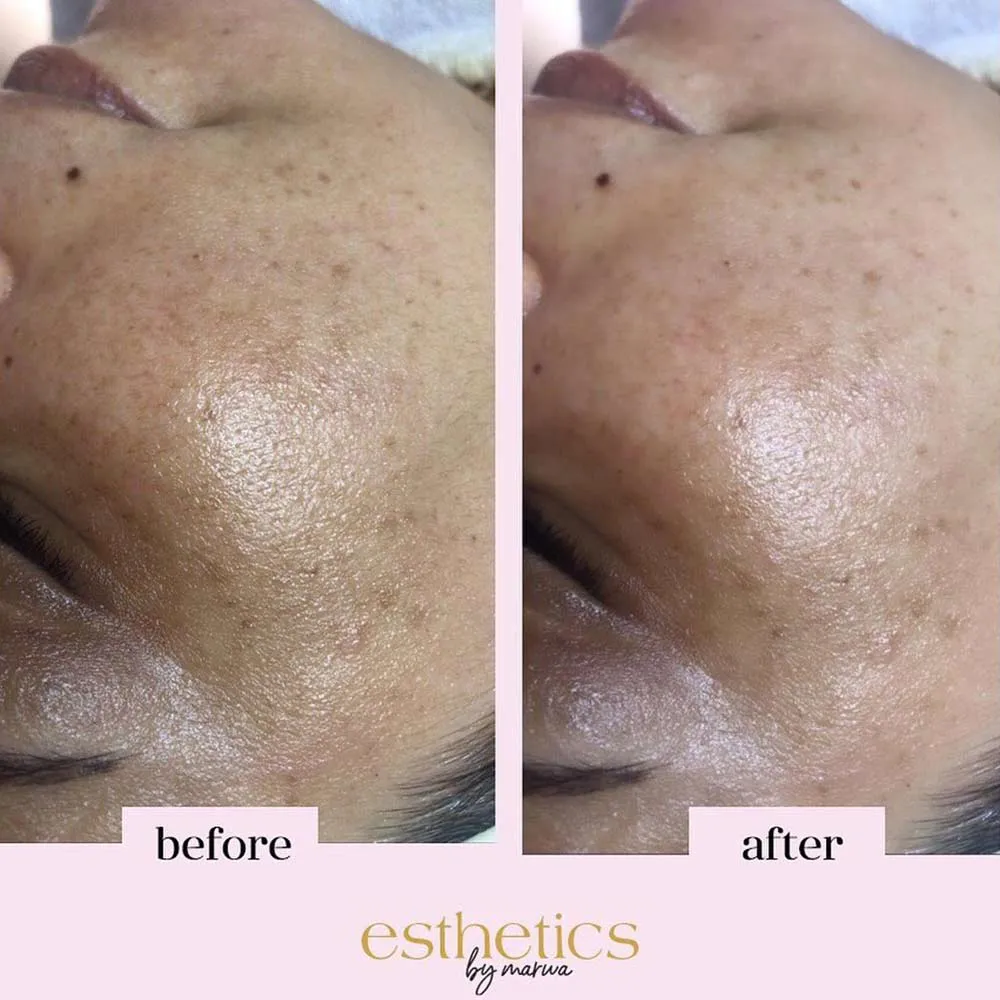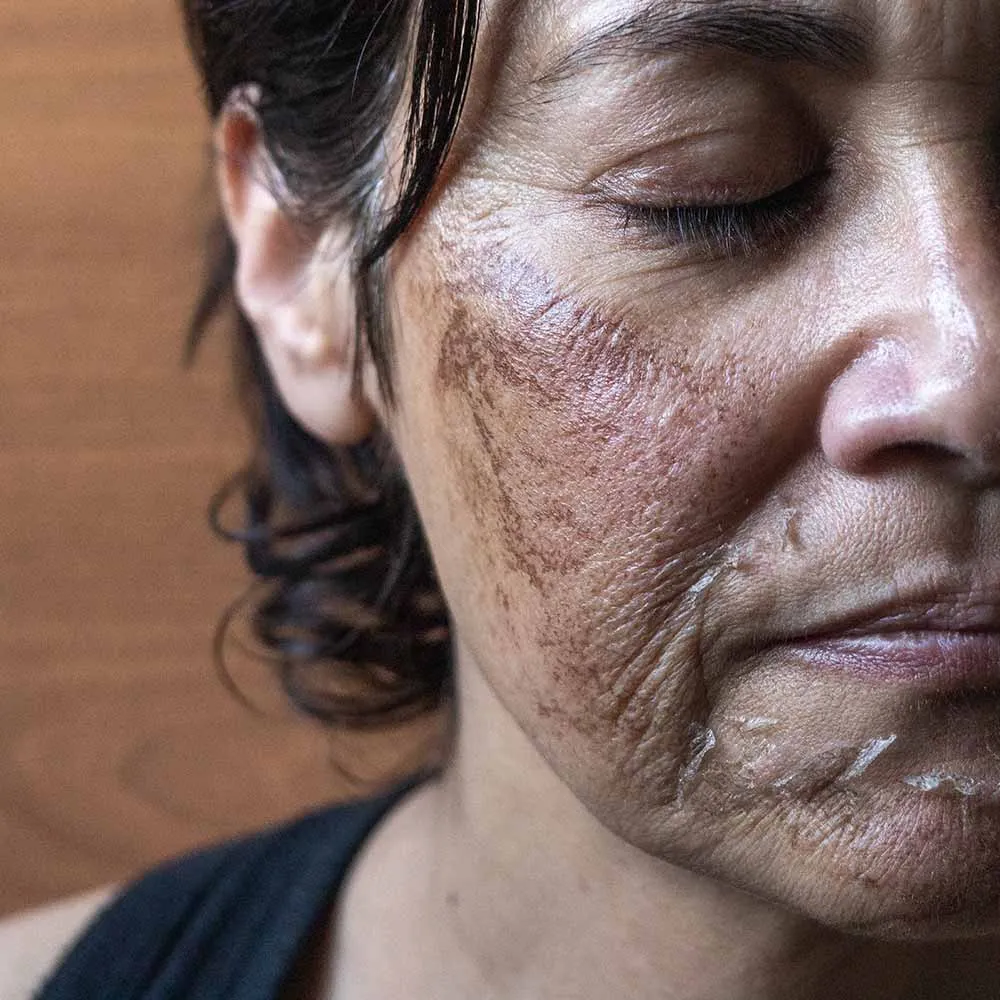Chemical peels may trigger herpes outbreaks. A chemical peel is a treatment that smoothes the texture of the facial skin using a chemical solution. Many doctors recommend that herpes infected individuals, who wish to get a chemical peel for cosmetic reasons or due to skin conditions, should begin antiviral therapy first. This is because the procedure can reactivate the latent herpes virus (usually HSV-1) and cause an outbreak of cold sores.
Chemical Peel And Cold Sores
*The information contained here is not meant to diagnose, treat or otherwise replace guidance from your personal doctor, nutritionist, dietician or other health care professional. Always consult with your physician before making adjustments to your healthcare routine.
If you have ever had a cold sore on your lip, then you know they are painful, annoying and unsightly! The good news is that they can be avoided by taking the proper precautions. Hopefully, by implementing some of the steps outlined in this article it will help to diminish your chances of experiencing cold sores in the future.
At the Acne Treatment Center we utilize two types of exfoliating treatments for our acne clients: Chemical Peels & Enzymes. Enzymes are a gentle exfoliation that dissolves the dry, keratinized skin on the surface of the epidermis, while chemical peels are stronger and aid in the removal of excess dead skin cells on a deeper level. Choosing which treatment to implement depends on an individual’s skin type and condition, medical history, and any contraindications that may be present.

One of the skin conditions that we take into account when deciding which treatment to use on a client, is whether or not that individual is a carrier of the Herpes Simplex Virus-1 (HSV-1), a common virus that can result in cold sores and fever blisters often emerging on or around the mouth. As many as 1 in 2 Americans are carriers of HSV-1, some of whom are asymptomatic and completely unaware that they have the virus while others may have frequent outbreaks.

If a client were to come in for an acne treatment with a cold sore, we would be unable to perform a chemical peel as it has potential to spread the virus further. Even if a client does not present with an active outbreak, but is a known carrier of the virus – the simple action of performing a chemical peel on the skin has the potential to trigger the virus causing a cold sore to develop in the days following a treatment. Fortunately, precautions can be taken to avoid cold sore outbreaks while continuing to employ the use of peeling agents throughout your acne treatment program.
One form of cold sore prevention is going to your doctor for an antiviral medication such as Valtrex or Acyclovir. There are several antiviral prescription meds that help to prevent or lessen the severity of HSV-1 and we encourage all of our clients with a medical history of herpes to get a prescription prior to treatment to avoid unnecessary outbreaks going forward.

Alternative options for prevention include building up your immunity through your diet, taking nutritional supplements, applying topical products, and the use of antiviral herbs.
Having a compromised immune system can make HSV-1 carriers more susceptible to outbreaks, which is why it is common for people to see cold sores or fever blisters emerge during or shortly after catching a cold or contracting the flu. Shoring up your diet and eating foods high in antioxidants like brightly colored vegetables and fruits, is one way to improve your immune system to help prevent illness that may trigger an outbreak.
Another way to strengthen your immune system is through nutritional supplementation like taking your vitamins such as Vitamins A, B, C, D, E, K2, and zinc. A good multivitamin is the simplest way to incorporate an array of immune-supporting vitamins, however, some people may find they need added doses of certain vitamins to best help their immune system thrive. *Again, always check with your doctor before making adjustments to your healthcare routine.
How to treat cold sore after chemical peel
But let’s say you eat healthy, take your vitamins regularly, and still manage to fall victim to a herpes outbreak. There are topical products you can apply to your skin to help in the event of a cold sore to relieve any pain or irritation associated with it, and also speed up recovery time. A product that I have used in the past with great success is called Abreva and it can be applied directly to the affected area.

I have found that when treated at the first signs of symptoms such as tingling sensation, sensitivity, or small blister emerging – it can prevent the abrasion from developing further. When left untreated, a cold sore can last up to 14 days from start to finish. With Abreva, that recovery time can easily be cut in half or even down to just a few days of mild discomfort.
Another topical product you can use is lip balm containing the amino acid lysine. Lysine inhibits the absorption of another amino acid called argenine, which is required by HSV-1 to take hold in your cells. By inhibiting the absorption of argenine, you are limiting the ability of HSV-1 to flourish and thereby decreasing the severity of symptoms and speeding the recovery time. Lysine can also be taken as a supplement in capsule form.

Additionally, a simple and effective trick for stopping a cold sore in its tracks is by applying ice! Take an ice cube, wrapping the base in a paper towel to absorb the melt-off, and apply directly to the site of discomfort for 20-60 minutes. Don’t hold the ice still on the spot because you can burn your skin. Moving it in circles is a good technique to protect the skin from ice burn. This technique works best when administered within the first 24 hours of the onset of symptoms. Follow this up with application of a topical product of your choice such as Abreva, or a lysine-infused lip treatment like Herpecin-L.
Lastly, there are a wide array of amazing antiviral herbs with distinct components that target the HSV-1 pathogen to help prevent & treat cold sore outbreaks in those who are susceptible: Echinacea, Korean Red Ginseng, Astragalus, Lemon Balm, Garlic, Fennel, Sweet Basil, and Oregano are just a few that I came across in my research.

One way to implement antiviral herbs is as a supplement in the form of a tincture, capsule, or powder. You can also make teas or use the herbs in culinary pursuits. And yet another option is to apply the herbs topically to the skin. Here at the Acne Treatment Center we have the ability to design herbal masks composed of powdered antiviral herbs such as Sage, Rosemary, Licorice, Cat’s Claw, & Calendula which can further help to combat cold sore outbreaks for our clients.
Chemical Peel For Hyperpigmentation
Hyperpigmentation is, basically, patches of darker skin. The cause of these dark spots, blemishes, and scars are clusters of melanin.
Melanin is a pigment our bodies naturally produce. We’re born with a certain amount of melanocytes, unique cells that create the melanin pigments, but their quantity can become unbalanced throughout life.
Sun exposure, skin wounds, and hormonal changes are the most common factors that can throw off the production of melanin. And once excessive production is triggered, it leads to hyperpigmentation.
The main function of melanin is to protect our skin against external damage. And given that it’s also associated with skin color, once it starts overproduction to protect our skin, the patch will take on a darker color.
Types Of Chemical Peels Hyperpigmentation
Chemical peels for hyperpigmentation come in a wide variety of potencies and types. They’re categorized according to their intensity. There are 3 categories: light (AHAs, BHAs), medium depth (TCA, Jessner’s solution), and deep (Phenol).
Let’s get into each one in more detail.
Light Chemical Peels for Hyperpigmentation
Light chemical peels don’t penetrate that deep into the skin, making them the safest choice out of all chemical peels for hyperpigmentation. Don’t worry – surface level doesn’t mean it’s not effective!
There are a few different acids in this group. The main division is into AHAs and BHAs – which you might’ve even seen in some of your skincare products, in very low concentrations. The most common are glycolic acid, lactic acid, and salicylic acid.
Glycolic Acid
Glycolic acid peels target mild cases of dark spots and hyperpigmentation. Since it is a light chemical peel, it doesn’t penetrate deep into the skin. It’s milder than other AHA peels. This makes it safer, as there’s less risk of side effects.
It can be used at a range of 20% to 50%, depending on the skin condition.
Lactic Acid
Lactic acid peels are perfect for those that haven’t done chemical peels before, and those with sensitive skin. It’s even milder than glycolic acid and can be used in concentrations as low as 5-15%.
Although it doesn’t penetrate the skin at a deeper level, this acid has shown to be effective in treating dark spots and evening out skin tone.
Salicylic Acid
Salicylic acid peel is a BHA peel that treats acne hyperpigmentation leftover from acne. It also has anti-inflammatory properties, so it’s well suited to dark spots caused by inflammation (like those caused by acne).
Salicylic acid has shown good results for treating dark spots at a light to medium strength, 10–30% concentration.

Image source: Instagram @estheticsbymarwa
Medium Chemical Peels for Hyperpigmentation
Medium chemical peels include TCA (trichloroacetic acid), Jessner’s solution (which consists of a combination of salicylic acid, resorcinol, lactic acid, and ethanol) as well as higher concentrations of glycolic and other light acids. But the most commonly used are:
Trichloroacetic Acid
TCA peels can be used in different concentrations depending on how dark the dark spots are.
Medium to deep TCA peels are very effective in buffing away dark spots and hyperpigmentation. Light hyperpigmentation can be treated with 10–15% concentration while more than surface level spots might require a stronger 20–35% concentration.
Since it penetrates deeper, it’s not well-suited for clients with darker skin tones.
Jessner’s Solution
A combination of salicylic acid, resorcinol, lactic acid, and ethanol.
It is a medium-depth chemical peel. It is very effective in treating melasma and reversing hyperpigmentation. It also helps lighten and even out skin tone which is why it works great in reducing the appearance of dark patches, age spots, and acne scars.
This solution is usually used in a 30%–35% concentration to achieve medium-deep peel.

Image source: Freepik
Deep Chemical Peels for Hyperpigmentation
Deep chemical peels are very aggressive treatments, meaning they carry the most side effects and risk, but also show the best results.
Despite that, these peels will probably not be the first choice for treating hyperpigmentation. With the exception of really severe cases, it’s always best to do multiple weaker peels than go straight for a deep peel.
Phenol, also known as carbolic acid, is the most aggressive deep chemical peel. It is extremely effective at treating severe sun damage, however, it has severe side effects as well.
Deep chemical peels also include some of the acids already mentioned but in high concentrations.
So, What is the Best Chemical Peel for Hyperpigmentation?
Generally, the best chemical peels for hyperpigmentation are considered to be light to medium concentration ones. Most often, the recommendations are one of the following 3:
- Glycolic acid
- Salicylic acid
- Trichloroacetic acid (TCA)
Each acid contains certain properties which make it more beneficial for some skin types over others. So, since it’s all so individual, the best chemical peel is the one that works for your skin needs.
But the type of acid isn’t the only thing to be considered. The effectiveness is influenced by the concentration of the peeling agent as well.
Dark spots can be treated with a lighter peel, although deeper peels with larger concentrations may produce more noticeable improvement. Deep peels are suitable only for very severe cases, as they carry severe risks and side effects, and require more healing time and aftercare.
Another thing to note is that while being well informed is great, you can’t decide on which peel you’ll get by yourself. Ultimately that is decided by your technician during the consultations.

